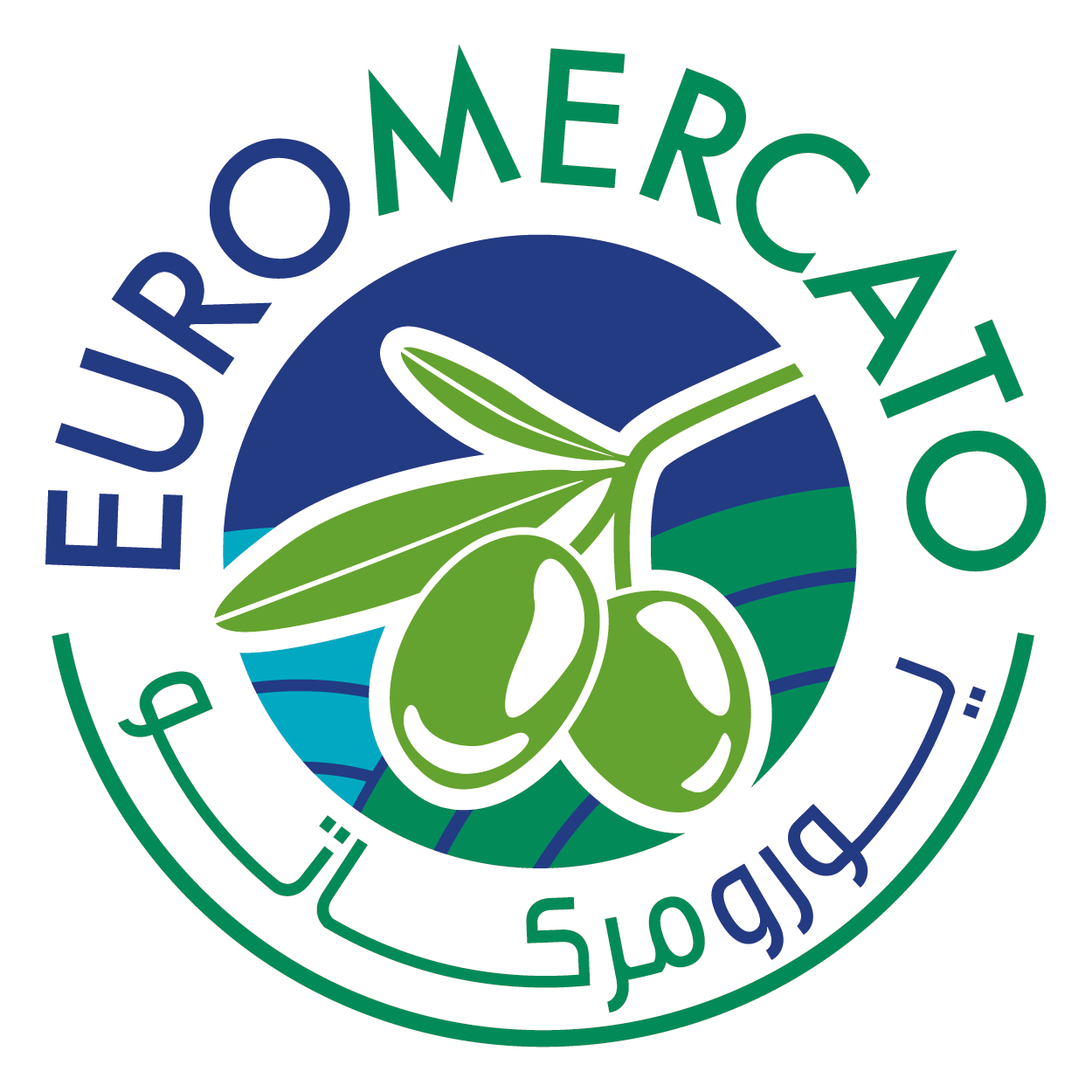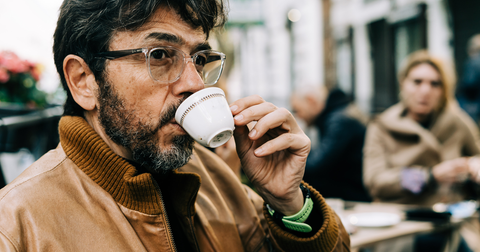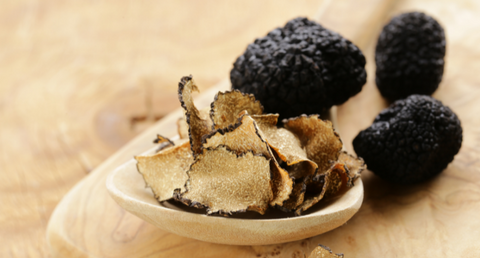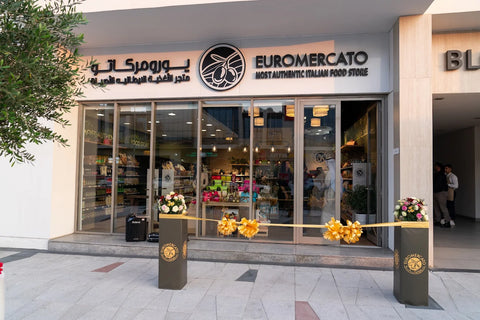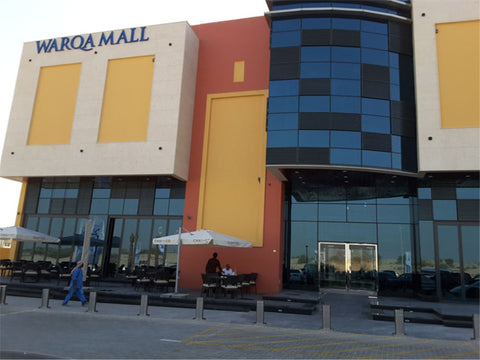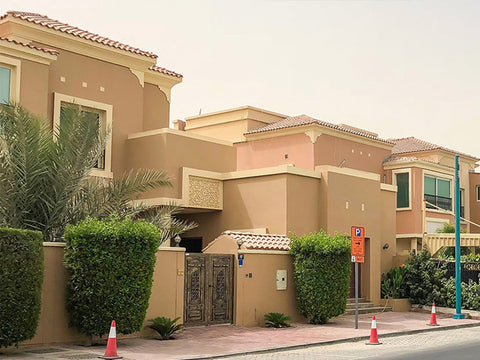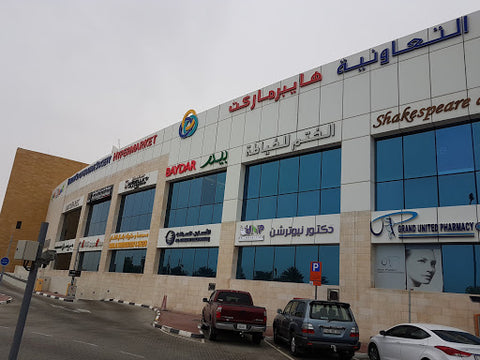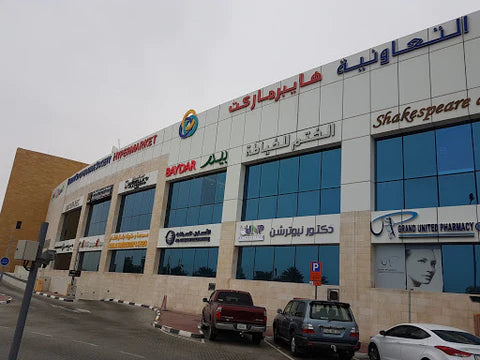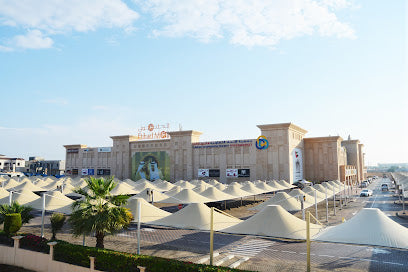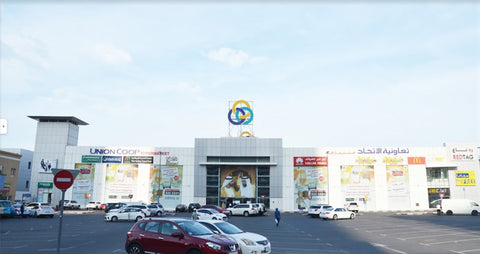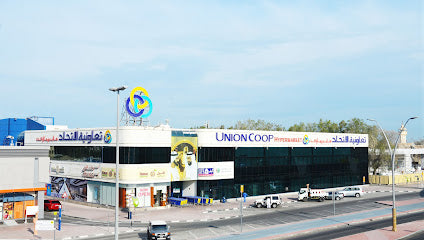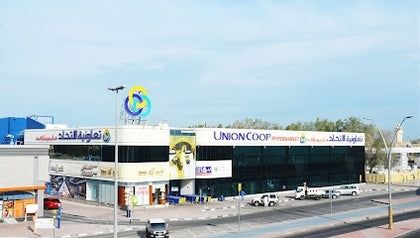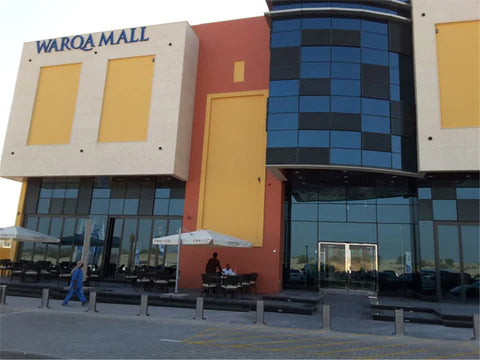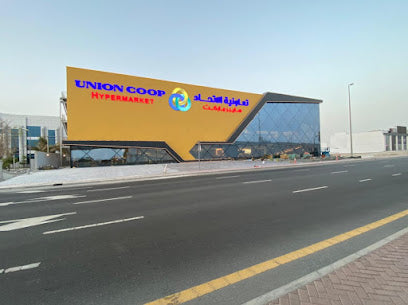The Italian Coffee Culture
Italian Culture is Coffee Culture.
Italy is known to be the coffee capital of the world and Italians take their coffee very seriously as this for them, is an art. Coffee is a historic ritual in Italy. It is so deeply rooted in their culture that it’s just hard to envision Italy without it.
Coffee is more than simply a strong, aromatic brew for the Italians. It is also quiet mornings at a coffee shop in a town square with a morning paper in hand, or a quick shot with a pastry that serves as breakfast on the way to work.
The Italian coffee culture is special. Coffee rituals define the day. A cappuccino for breakfast, a caffé macchiato – or two – in the afternoon, and espresso after dinner. Like any other culture, Italian coffee has its own set of somewhat mysterious laws. Ordering a latte for example will get you exactly what you asked for which is a glass of milk. A go-to cup or a cappuccino after 11 a.m. will label you as a tourist. This is because they don’t serve cappuccino after 11 a.m. as this is a breakfast beverage.
If you want to drink coffee like a local, the best way to do it is to have it standing at a counter in an Italian bar, where you can chat animatedly with friends or enjoy a quiet and serene moment by yourself. But to get the amazing experience of drinking coffee in Italy, you must first know about a few things:
The History of Italian Coffee
For us to know more about the Italian Coffee Culture we must know that Italy and coffee go all the way back to the 16th century, where Venice was one of the first European ports to import coffee beans. Meanwhile, in the 19th century, men in bowler hats convened in Turin’s coffee cafes to organize the country’s unification.
According to Jonathan Morris, a coffee historian at the University of Hertfordshire in the United Kingdom. It is thanks to Milanese inventor Luigi Bezzera, that Italy truly emerged as the global leader in coffee. Bezzera invented the espresso in 1901, by forcing pressurized water through a handful of coffee powder to produce a brief, concentrated drink: the espresso. It is named so because it could be prepared precisely for each customer and because the water had to be expressed through the coffee.
For the Italians, the espresso machine was a revolutionary concept. Coffee was made traditionally by crushing ground beans into boiling water, which was a time-consuming process prior to Bezzera’s discovery. Bezzera’s original espresso machine, made of metal and sitting on top of an open flame, was half full of water. As the temperature of the water increased, steam would rise, allowing baristas to put ground coffee at the bottom of the machine, which then results in a hot batch of espresso in less than a minute.
Although Bezzera invented what would become a modern-day staple, patents for enhancements began to flourish in the 1920s and 1930s, with ambitious minds attempting to perfect the manufacture and consumption of espresso. Giovanni Achille Gaggia’s 1938 addition to the espresso machine line was perhaps the most famous. His ingenious invention made hot espresso in about 15 seconds. However, by the outbreak of World War II, coffee consumption had plummeted due to fascist dictator Benito Mussolini’s efforts to restrict Italy’s borders to the outside distribution of commodities, hence impeding the country’s famous potation.
The Moka Pot
In 1933, The Moka Express, invented by Alfonso Bialetti, brought espresso into Italian homes. The original Moka pot, the Moka Express, is an aluminum stovetop espresso pot with a distinct octagonal base and top. When heated, steam passes through a filter containing the coffee grinds, releasing espresso into the top of the pot.
While the Moka pot is now a treasured Italian staple, it was created during a dark period in Italian history: the Fascist Period. During this dark period, Benito Mussolini declared aluminum to be the “national metal” of Italy. The lightweight, flexible metal was used for creating home goods and everyday products, as well as military weapons and industrial, throughout Italy.
The Moka pot revolutionized the Italian perception of coffee. It came into being during the 1930s economic crisis, where the Italians were ready to begin sipping their morning coffee at home rather than at coffee shops. Espresso was previously a common brew to be consumed exclusively outside of one’s own four walls. Although due to the significantly lower water pressure, it will not achieve the same level of extraction as an espresso machine with a portafilter, the Moka pot is nevertheless a popular substitute for preparing the original espresso.
Where Do You Get Coffee?
Italians don’t have cafes that serve you coffee. Instead, they have bars. Italian bars open in the morning and close late at night. It’s a place you can head to for an espresso during your mid-morning break.
The main purpose of an Italian bar is to serve excellent coffee. Also, spending some time in an Italian bar and observing the locals is the best way for you to understand Italian coffee culture.
How Do You Order Coffee in Italy?
Ordering a caffé in a bar would get you a tiny, rich espresso coffee. Italians don’t order espresso so when a foreigner orders a caffé, the barista may confirm and ask if you’re ordering an espresso, just to be sure that’s what you’re looking for. As a tourist, you can ask for an espresso, but you’ll get more respect if you ask for caffè. The barista may also ask if you want it normale, which means without any added ingredients such as milk.
It is only but customary to give the actual Italian name for the coffee drink you wish to get while ordering in Italy. After all, the Italians have spent decades perfecting the names and preparation methods for many of the world’s most popular coffee beverages. As a result, it’s only acceptable to use their established vocabulary.
Here are some pointers that can help you out when ordering coffee in Italy:
- Un caffè lungo is what you get when you want an espresso with more water.
- Un caffè doppio is what you should ask for if you want a double espresso.
It’s important to remember that Italian espresso is incredibly strong. So only order a double if you’re quite certain you’ll need it.
- When ordering a cappuccino, the locals commonly refer to it as simply cappuccio.
- Ask for a caffè macchiato if you only want a splash of milk in your coffee. This is an espresso with a small amount of milk/milk froth.
- Ask for an Americano if you want one. Don’t worry, they know what an Americano is.
In Italy, however, they deliver an americano coffee as an espresso in a deep cup with a little jug of hot water so that you can dilute the espresso to your desired strength.
- If you want something stronger than an espresso, try a caffè corretto, which is an espresso with a shot of liqueur added to it.
One Size Fits All
Each flavor of Italian coffee has its own single-size cup. Espressos, for example, are served in small cups with a slight flare at the top. Cappuccino cups, on the other hand, have a rounder shape and small size.
The coffee sizes are small, even minuscule when we compare them to what we might be used to. In this city, coffee is very much a present-moment sensation. It is a highly strong and flavorful drink that you should enjoy at its peak. You place your order, you are served your coffee, you take a sip of your coffee, you savor the full flavor, you finish, and you go about your day.
Water Before Coffee
For you to get the full experience of the taste and flavor of an Italian caffè, take a sip or two of water first. The water cleanses your palate and prepares it for you to completely appreciate the coffee you ordered.
Baristas may automatically provide you with a tiny glass of water when you order coffee. Most of the time, however, you’ll have to order it separately and then pay for it.
Mix, Mix, Mix!
A little spoon always comes with the coffee in Italy, and it is not just some decorative item. The spoon is there for you to mix your coffee even without having to put sugar in it.
Mixing your coffee is the only way to evenly disperse the aroma and flavor of the coffee blend. This results in a maximized coffee experience.
To mix your coffee, gently move the spoon from the top to the bottom of the cup, never clockwise or anticlockwise. Be sure to be careful and not hit the cup’s walls. The resulting noise of such is just unpleasant to hear.
No Licking of Coffee Spoons!
After mixing your coffee, never lick your spoon! It is impolite in Italy to lick your coffee scoop after mixing your coffee. Simply, return the spoon back to the saucer and continue to drink your coffee. Also, never leave your coffee spoon in the cup while drinking your coffee.
The Two-Minute Rule
If you want to get the most out of an espresso, you should drink it at a temperature of around 60 degrees and no more than 2 minutes after it is brewed. According to Italian coffee experts, 50% of the flavor of espresso dissipates within the first two minutes of preparation.
Once you get your coffee, remember to mix it first, even if you don’t like sugar in your coffee. Drink a glass of water, take a sip of your coffee and take pleasure in the flavor explosion.
If you want your coffee to cool down, don’t blow on it. Blowing on your coffee is impolite. Just wait for it to cool down by having a small chat with a friend or if you’re alone, lightly observe the scene for a minute. Don’t forget the two-minute rule of course because the two-minute limit ensures optimum enjoyment in any case.
Sip Your Coffee
Take tiny sips of espresso to thoroughly taste the crema and flavor of the coffee. It just takes three or four sips to empty a little espresso cup. Nonetheless, each sip has amplified the sensation and flavor, making it a true ritual.
Drinking your espresso in one gulp will displace the crema, which will have most of it stick to the cup’s walls. This makes you miss out on the coffee’s flavor and scent.
Sipping your espresso ensures that you get both the crema and the liquid, giving you the optimum balance of flavor and fire.
Don’t Forget to Pay for Your Coffee
When you order a coffee in Italy, they normally give you a small piece of paper with your order scribbled on it. Remember to keep this piece of paper and take it to the cashier behind the counter when you’re ready to pay. The cashier will inform you how much you owe, receive your payment, and give you any change.
There will be times they may not even offer you a piece of paper at all. All you have to do is go to the counter and tell the person behind the counter what you’ve ordered.
Some Italian bars and cafes now operate in a different way. What you have to do is to walk to the cashier, tell them what you want to order, and pay in advance. After that, the cashier will issue you a receipt. Bring your receipt to the bar counter, and the barista will have your order ready.
In high-traffic areas, such as bars and cafes, they usually require prepayment. For instance, at train stations, airports, and other congested areas throughout Italy’s towns and cities.
Coffee in Italy is a culture. It is coffee that gets people together to enjoy the simple pleasures of life. Italian coffee culture is generations of hard work and perseverance to perfect a craft that brings people simple joys. We can say that Italy is coffee’s spiritual home.
For a great coffee experience, try Euromercato’s different coffee variants and indulge yourself in a relaxing cup.
